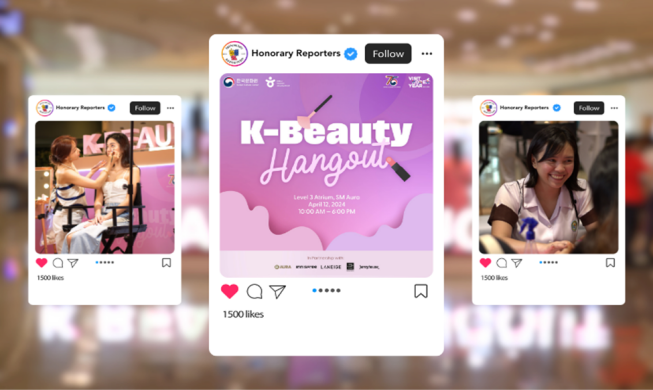-
 Korea.net's 24-hour YouTube channel
Korea.net's 24-hour YouTube channel- NEWS FOCUS
- ABOUT KOREA
- EVENTS
- RESOURCES
- GOVERNMENT
- ABOUT US
Milanese, known for their refined sense of fashion and the arts, flocked to a special exhibit that highlighted a range of handcrafted works of art.
The “Constancy and Change (법고창신, 法古創新) in Korean Traditional Crafts 2015” exhibition was held as part of the city’s Design Week festival from April 14 to 19. It brought together designs for fashion, electronics, vehicles and communication devices from around the world.
The exhibition was designed to shed new light on the value of traditions found in handicrafts and their existence in modern society.
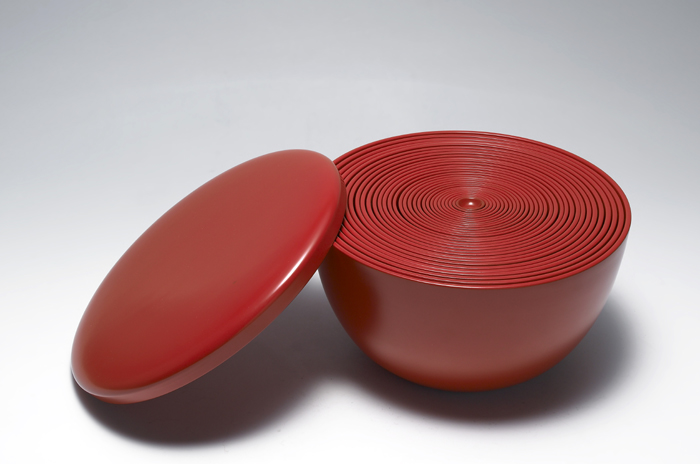
Park Gang-yong's and Jung Sang-gil’s lacquered works of art are on exhibit at the 'Constancy and Change in Korean Traditional Crafts 2015' exhibition in Milan.
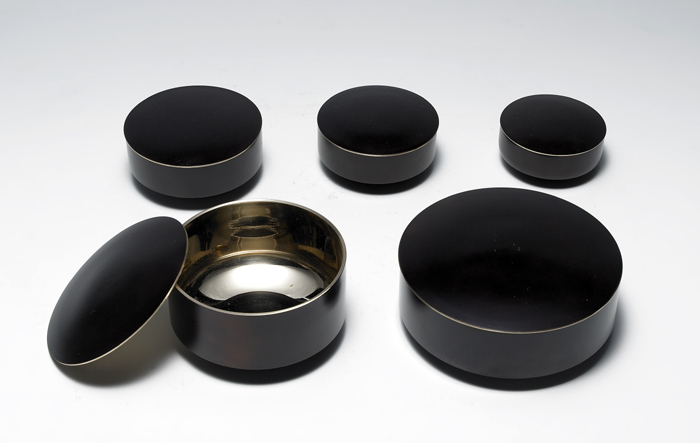
Among the exhibits at the 'Constancy and Change in Korean Traditional Crafts 2015' exhibition in Milan is Kim Soo-young's and Cho Ki-sang’s lacquered brass tableware set.
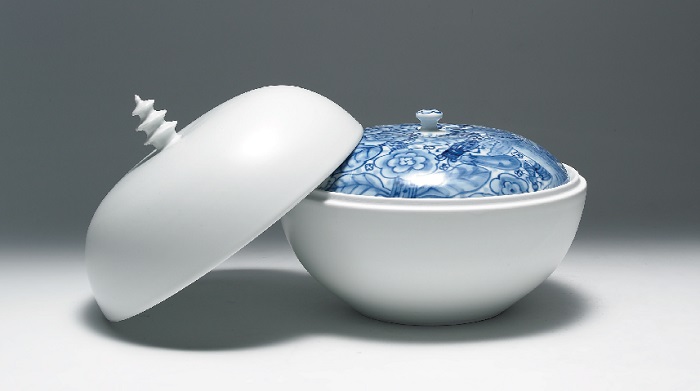
Artist Lee Se-yong’s white porcelain bowl is on display in Milan.
Marking its third year this year, the show brought to light a total of 192 pieces created by 23 artists in six categories, each of them showing their own restrained beauty and artistry, under the theme of “Simple, Calm and Subtle.”
“The works of art showcased in this exhibition give us a glimpse into how our artists bring out the present from tradition, merging the classical beauty of traditional crafts with modern aesthetic sensibilities,” said creative director Park Ryu-sook.
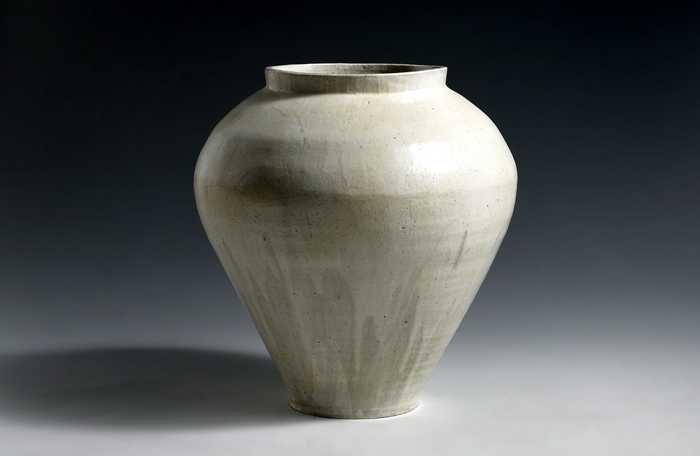
Artist Park Sung-wook’s ceramic work 'Deombeong Bunchung' is on display in Milan. The work is named after the deombeong technique, which refers to the sound made when something falls into water. Using that technique, the piece of pottery is dipped into clay water by hand and then fired.
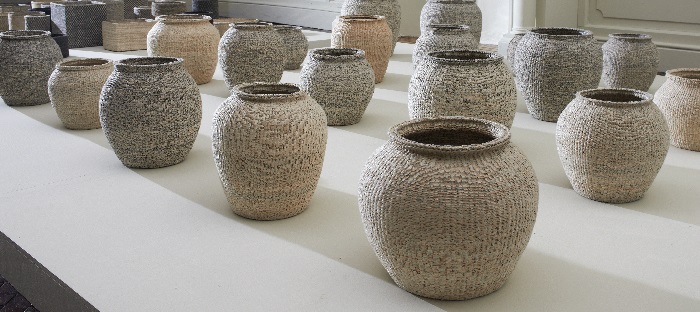
Jars can be made by twisting strips of paper into thicker rope and 'weaving' the works of art.
Major metal works included a brass kettle, lacquered brassware, a silver inlaid brazier and metal boxes. The ceramics section included jars, pagodas and white porcelain bowls.
The paper crafts section included "woven" paper jars and kites made of traditional Hanji mulberry paper. In the textiles section, patchwork wrappers and traditional quilted clothes, known as nubi, showed off their simple and refined beauty.
Among the bamboo works of art, there was a set of woven screens, known as bal. The lacquerware on display included dry lacquered bowls and lacquered bowls inlaid with mother-of-pearl.
This year’s exhibition was once again designed and directed by the architectural firm Origoni & Steiner Studio, as it was last year. The firm turns the exhibition into a venue where one can find both modern and traditional aspects of Korean art, by looking at the traditional living spaces presented here.
“Hopefully, this exhibition will help lay a firm foundation to allow our great handicrafts to reach a wider audience outside of Korea,” said an official from the Ministry of Culture, Sports and Tourism.
By Wi Tack-whan, Sohn JiAe
Korea.net Staff Writers
whan23@korea.kr
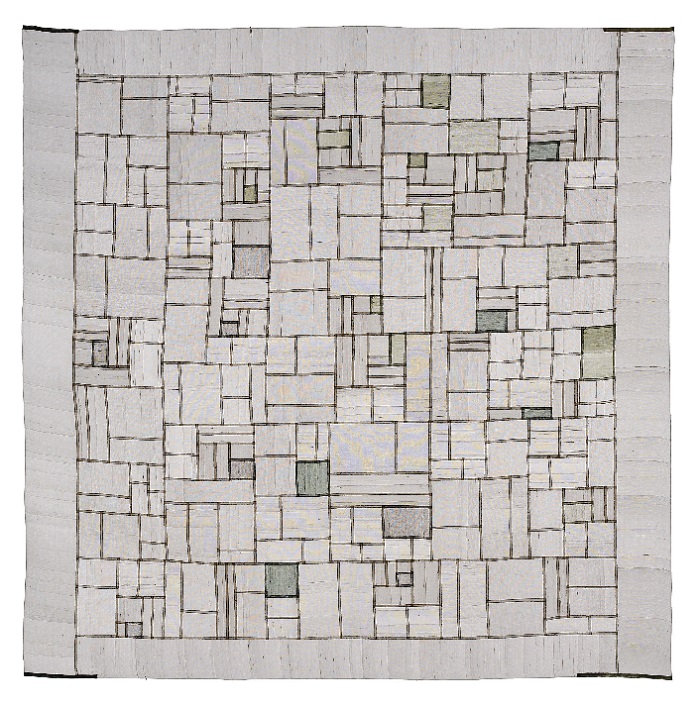
Artist Lee Sora’s patchwork wrapping cloth ‘Jogakbo.’
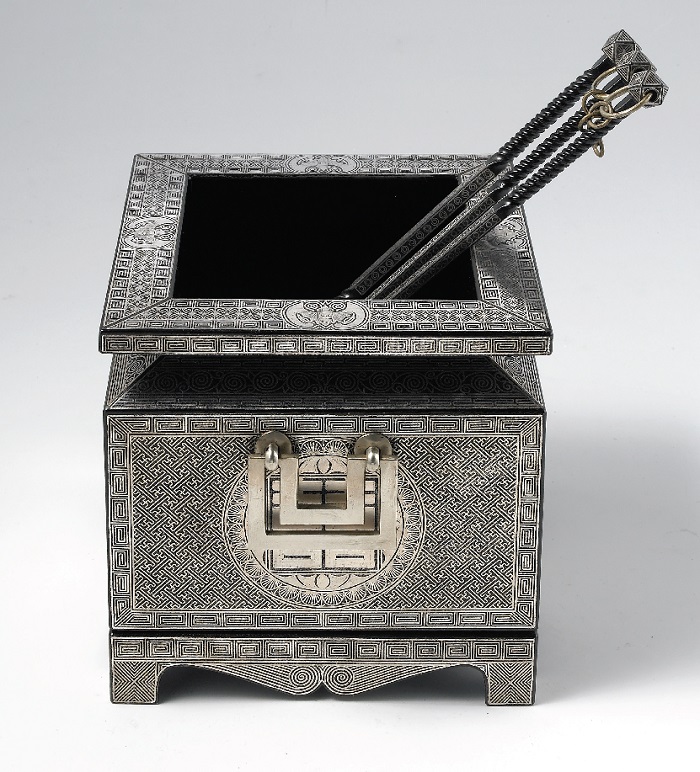
Artist Lee Gyung-no’s silver-inlaid brazier.
Most popular
- First hearing-impaired K-pop act hopes for 'barrier-free world'
- Event 'K-Beauty Hang Out' draws hundreds in Philippines
- Ceremony in Seoul inducts 2,641 content creators of Korean culture
- 'Mad Max' director impressed by 'cinema-literate' Korean viewers
- Cultural spring festival Seoul Festa to start on May 1




